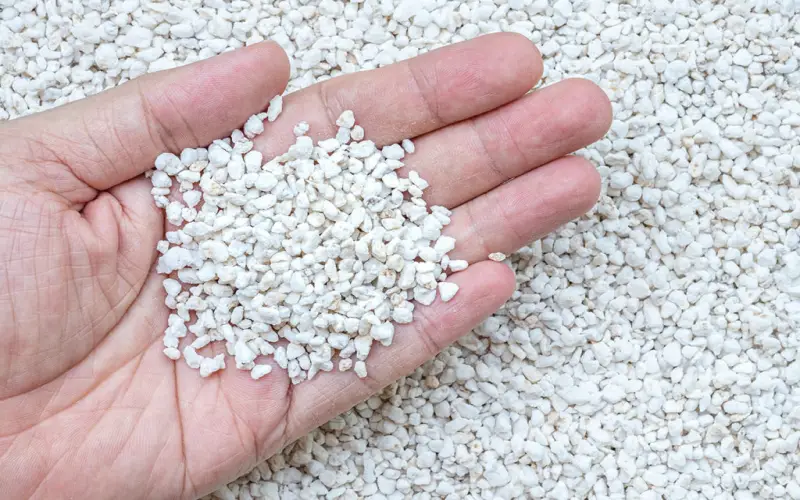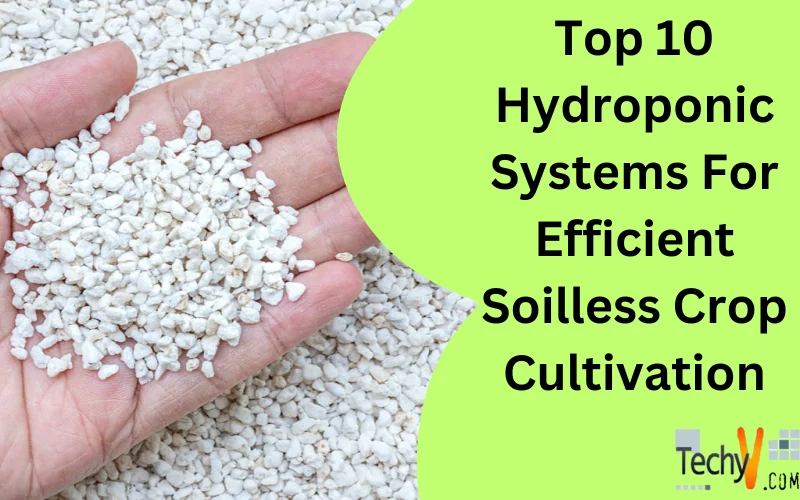Hydroponic crop cultivation offers numerous advantages over traditional soil-based agriculture. By providing precise control over nutrients, water, lighting, and other environmental factors, hydroponic systems enable improved yields, faster growth cycles, conservation of water and space, and reduced risks from soil-borne diseases. With the global population projected to reach 10 billion by 2050, highly efficient soilless growing techniques will be essential for meeting future food demands while minimizing further expansion into wildlife habitats and forests. As interest in local food production surges, hobby and commercial growers alike seek effective hydroponic techniques suitable for their climate, crop choices, space constraints, and budget. This article outlines ten of the most popular and proven approaches to soilless cultivation of vegetables, herbs, and ornamentals in indoor, greenhouse, and outdoor garden settings.
1. Deep Water Culture
Perhaps the most straightforward hydroponic methodology, deep water culture (DWC) involves suspending plants in net pots above a reservoir of highly oxygenated nutrient solution. With roots fully immersed and ample air circulating through the water, plants thrive from the abundance of moisture, nutrients, and oxygen. DWC systems accommodate a range of growing mediums like gravel, perlite, or clay pellets in the net pots. As one of the fastest-growing solutions, deep water culture works well for leafy greens and herbs, plus some fruiting plants like tomatoes and peppers.
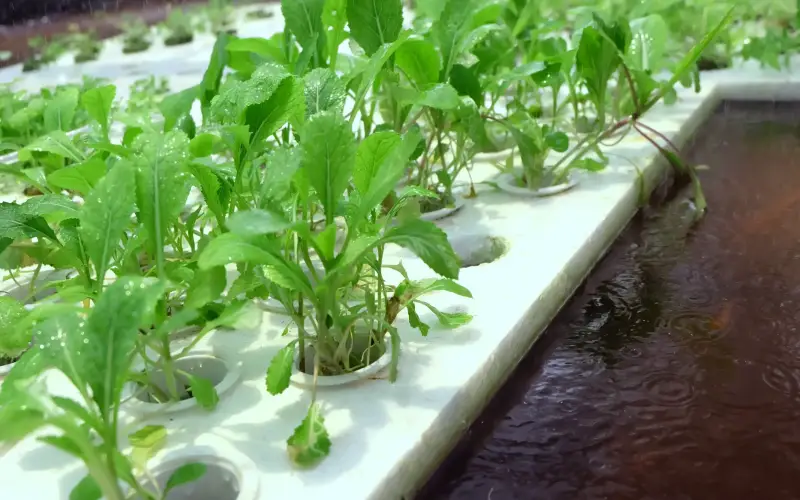
2. Wicking Systems
Wicking beds provide a self-watering option convenient for gardeners who travel occasionally. These systems utilize beds of gravel or other aggregate medium topped with a soilless mix. The nutrient solution supplied to the gravel base transfers up to plant roots through capillary action, maintaining an even moisture level in the growing medium. By wicking the solution from below, the upper portion of the soil mix retains adequate air space for healthy root zones. This approach supports a variety of fruits and vegetables for seasonal harvesting.
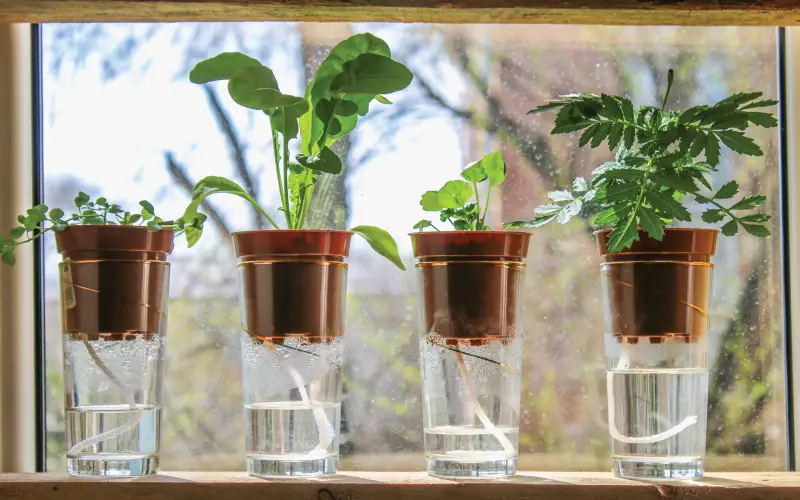
3. Ebb And Flow
Also referred to as flood and drain, ebb and flow systems alternate between briefly flooding the grow tray with nutrient solution and then draining the liquid back into a reservoir. A timer automates this fill-and-drain cycle to provide roots with moisture, nutrients, and oxygen at regular intervals without saturating the medium. Growers fill ebb-and-flow trays with clay pebbles or granular rock wool originally developed to provide exceptional moisture retention and root anchorage for the rubber and ornamental plant industries. The adjustable automation makes ebb and flow a versatile system across various climates and plant types.
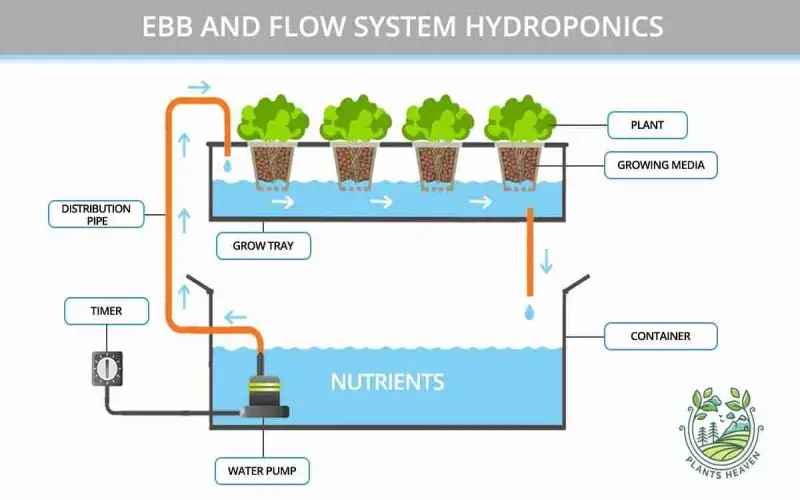
4. Nutrient Film Technique
The nutrient film technique relies on a very shallow stream of nutrient solution constantly flowing through enclosed growing channels to expose plant roots dangling below the net pots to moisture, nutrients, and air. With no solid medium needed, NFT systems require less space and growing media compared to other methods. The thin film of solution demands close monitoring however to avoid overheating or dehydration during warmer months. Leafy greens and herbs well-suited for NFT cultivation tend to possess quick growth cycles across most environments.
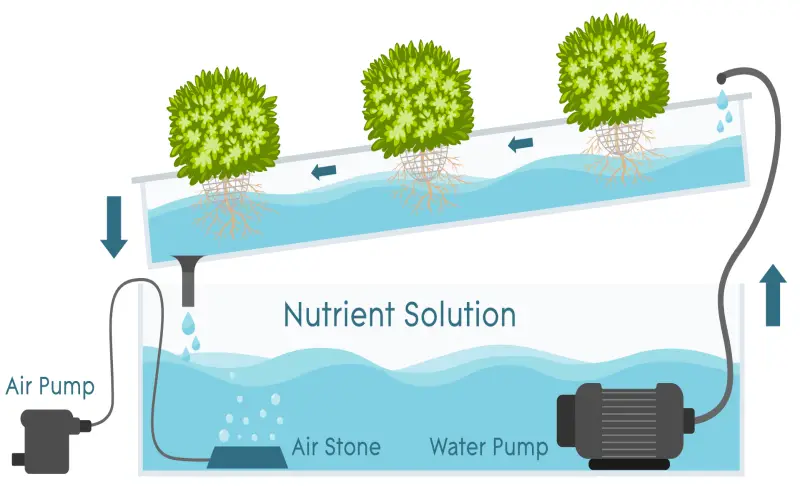
5. Drip Irrigation
A drip system delivers small amounts of nutrient solution directly onto the base of each plant, conserving water and fertilizer compared to flood irrigation of entire beds. Attaching a timer prevents potential overwatering while accommodating travel schedules. While adaptable to various layouts, drip line hydroponics functions optimally in containers filled with aggregates like perlite, vermiculite, Rockwool, or coconut coir rather than compacted garden soil. For outdoor systems subject to freezing, growers must blow out irrigation lines before winter to prevent cracking. When configured appropriately, drip line systems support berries, vining crops, dwarf fruit trees, and an abundance of vegetables.
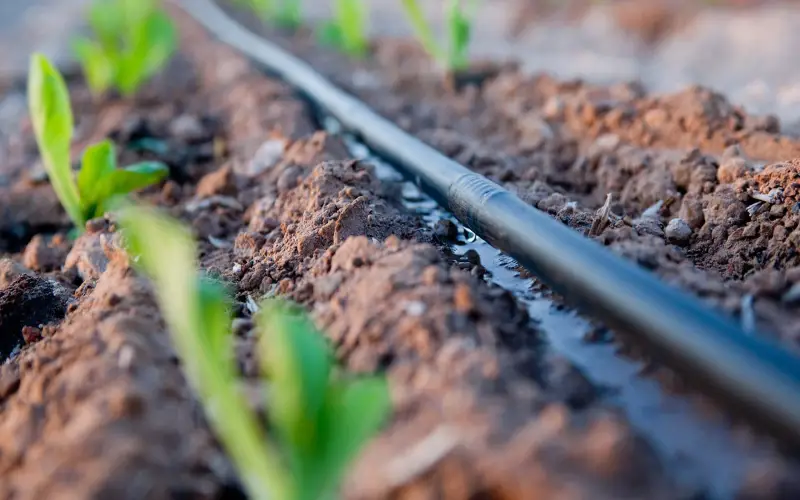
6. Aeroponics
Considered the most efficient hydroponic method, aeroponics grows plants with roots suspended mid-air inside enclosed chambers. Nutrient solution sprayed as a fine mist directly surrounds the dangling roots with everything needed for rapid growth. Meanwhile, ample oxygen also reduces the risk of pathogens. Aeroponic systems demand more energy, equipment, and monitoring than simpler hydroponic designs, but deliver faster maturation, especially for leafy greens, tomatoes, peppers, and herbs across controlled environments. Dutch bucket variations circulating solution around the base of the root mass further stabilizes mature fruiting plants.
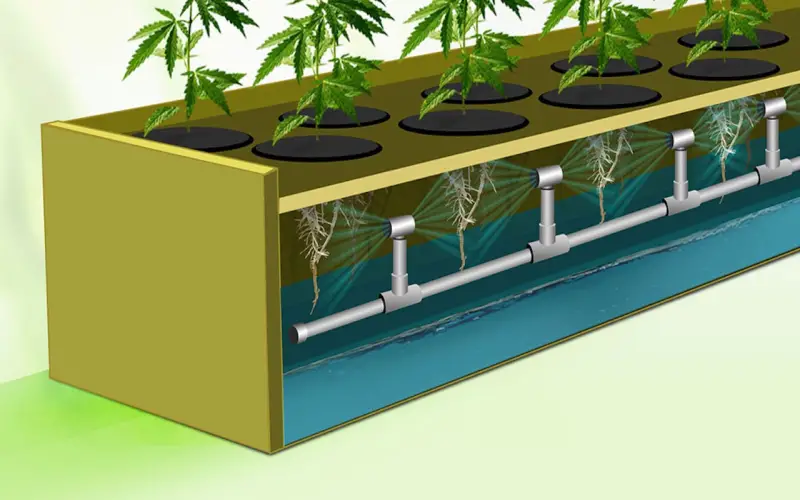
7. Floating Systems
Uncommon floating hydroponic systems position plants atop wide, slow-moving canals of nutrient-rich water. Floating raft gardens offer a unique aesthetic and conservation of fertilizers since little water evaporates from the enclosed channels. Plants enjoy consistent moisture and nutrition across the extensive root networks trailing downward into the solution. However, potential clogging from failed roots demands vigilant monitoring and cleaning of channels. When configured suitably in outdoor ponds or indoor canals, floating gardens thrive with salad greens, herbs, and strawberries.

8. Rockwool
Sourced from melted basalt rock and chalk spun into fibers, Rockwool shares some similarities with fiberglass insulation but is engineered for superior drainage and air retention. The fibrous growing mediums resist compaction to foster healthy root systems with easy access to both moisture and oxygen. Rockwool comes compressed into propagation cubes or loose crumbled media for seed starting and transplants. Various slab and block forms accommodate the direct sowing of seeds or mature plants in hydroponic channels. Inert and pH stable, Rockwool requires pretreatment to adjust alkalinity before adding starter plants. It performs well across all types of hydroponics.
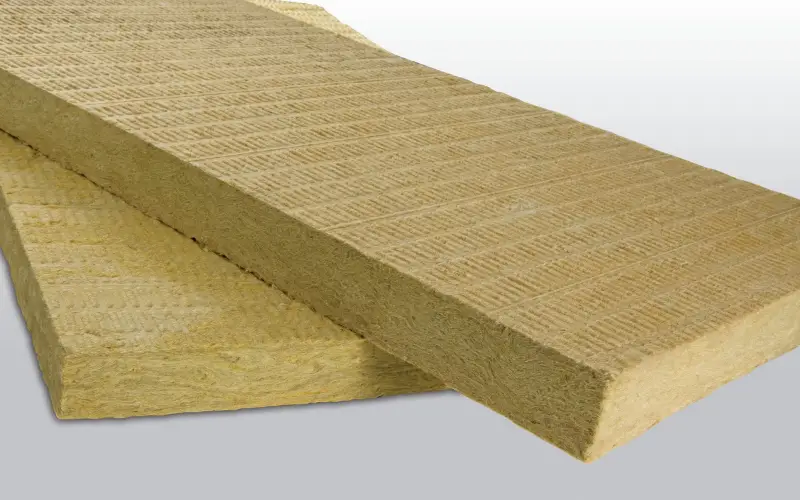
9. Hydroton
These expanded clay aggregates created specifically for hydroponic systems, both absorb and retain moisture while still permitting adequate air circulation. Hydroton’s porous structure and neutral pH also buffer nutrient solutions. The heavier clay pebbles suit flood and drain systems, vertical gardens, or simple containers well by anchoring mature root zones and preventing tipping. Rinsing hydroton before use removes dust while improving initial wetting. As an inorganic medium with some reusability, hydroton delivers reliable anchorage for herbs along with tomato, pepper, and cucumber plants.
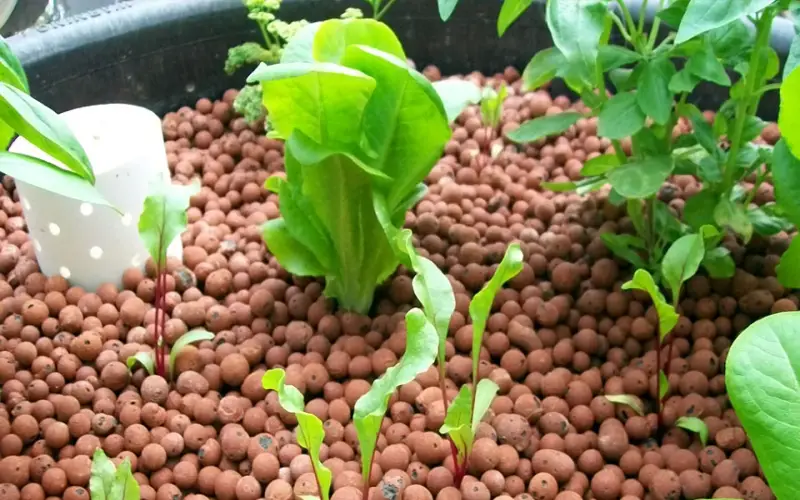
10. Perlite
Mined volcanic glass expanded into lightweight white particles, perlite perfectly suits seed starting mixes by retaining moisture while still permitting excess drainage to prevent suffocation of sprouts. While too lightweight for larger plants on its own, perlite blends well with vermiculite or coconut coir to improve aeration and moisture control for maturing root systems. Its bright white color reflects sunlight well for indoor gardens. Perlite rinses easily for reuse across multiple seasons. Blending perlite with other media creates an excellent hydroponic growth substrate at a lower cost compared to rock wool or specialty aggregates.
